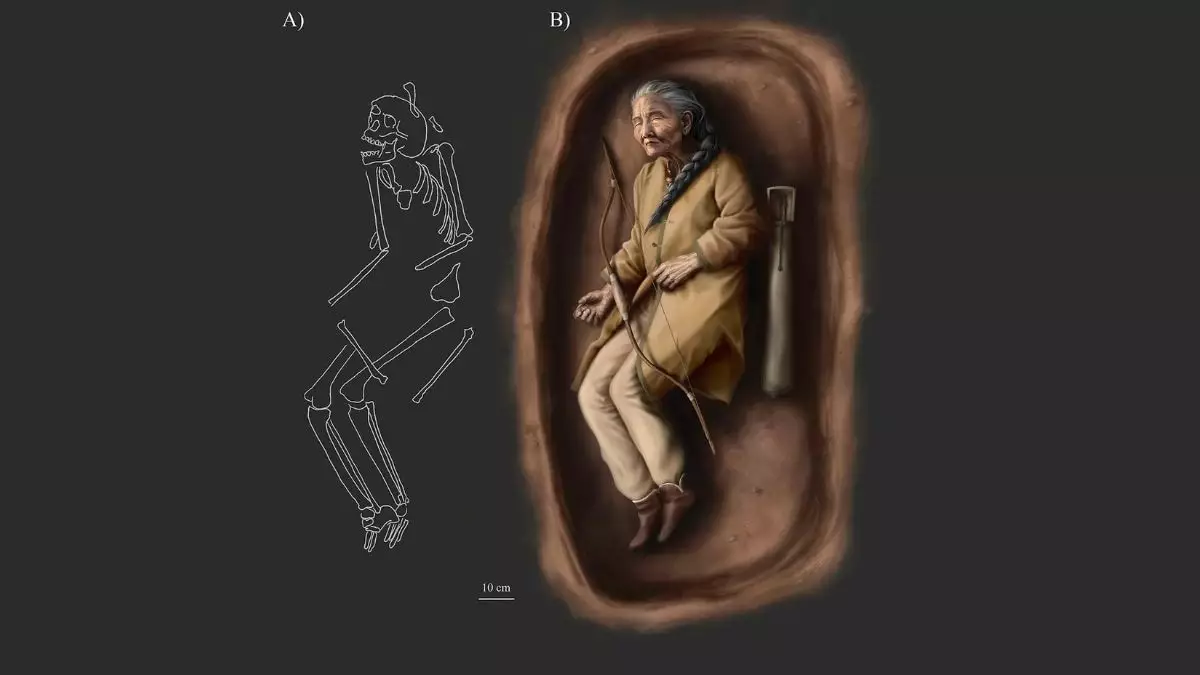A groundbreaking archaeological find has emerged from the Carpathian Basin in Hungary, where researchers have uncovered the first confirmed case of a 10th-century female burial containing weapons. This extraordinary discovery at the Sárrétudvari-Hízóföld cemetery provides compelling insights into the social dynamics and gender roles of the Hungarian Conquest period, a time characterized by mounted archers and frequent military engagements.
The skeletal remains of the individual, known as SH-63, were found alongside various grave goods that included not only traditional female artifacts such as jewelry but also weaponry. This amalgamation of objects raises challenging questions about previous assumptions regarding women’s roles during this tumultuous time. The items uncovered, including a silver penannular hair ring, bell buttons, and an array of archery-related items like arrowheads and quiver parts, signal a multifaceted identity for this individual that defies rigid gender classifications.
Dr. Balázs Tihanyi, who spearheaded the research and published findings in PLOS ONE, cautioned against jumping to conclusions about SH-63’s status. Although emphatically weapons were found, the presence of these items does not automatically confer the title of warrior. This illustrates the critical need to approach such findings with care, avoiding the temptation to interpret archeological evidence solely based on physical artifacts.
A pivotal aspect of the study involved genetic and morphological evaluations, which confirmed SH-63 as female despite the skeletal remains being poorly preserved. The research team noted that indicators such as joint changes and potential trauma could be interpreted in various ways. While these signs might suggest training or participation in activities like horseback riding or weapon usage, they cannot be definitively linked to martial engagement. Daily life experiences might just as easily account for these alterations, illustrating the ambiguity surrounding gender roles in historical contexts.
The findings prompt a reassessment of societal hierarchies and gender roles within 10th-century Hungary. The blending of items typically associated with both men and women in SH-63’s burial hints at a potentially more fluid societal structure than traditionally believed. As researchers plan further investigations to compare SH-63’s burial with other finds from the same era, an urgent inquiry into the intersections of class, gender, and warfare beckons.
This extraordinary discovery serves as a window into the intricate tapestry of life in historical Hungary, suggesting that individuals like SH-63 may have occupied more complex social dimensions than previously understood. As historians and archaeologists continue their explorations, they will undoubtedly unravel deeper narratives about the complexities of identity, social order, and the interplay of gender in past societies.

